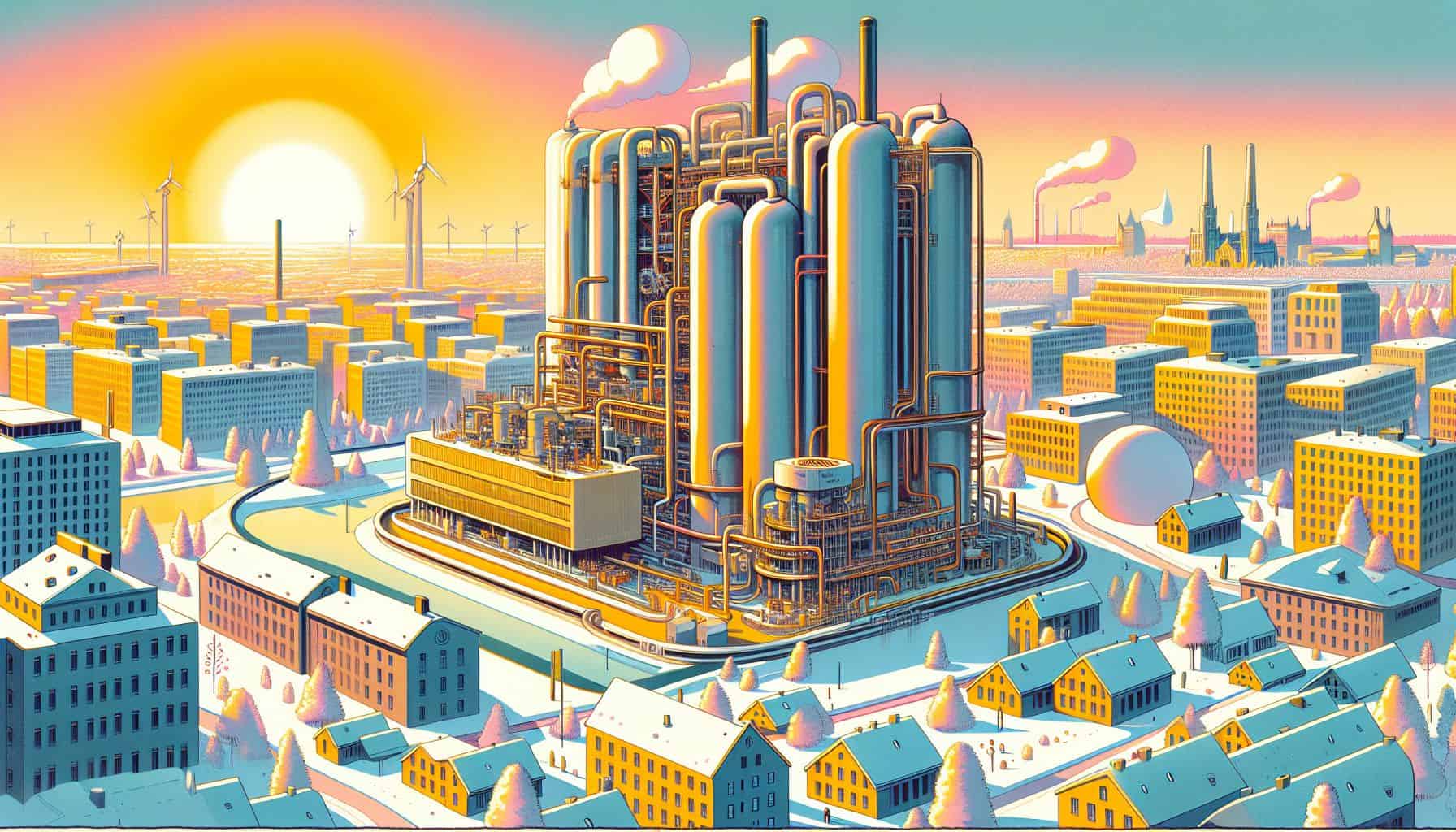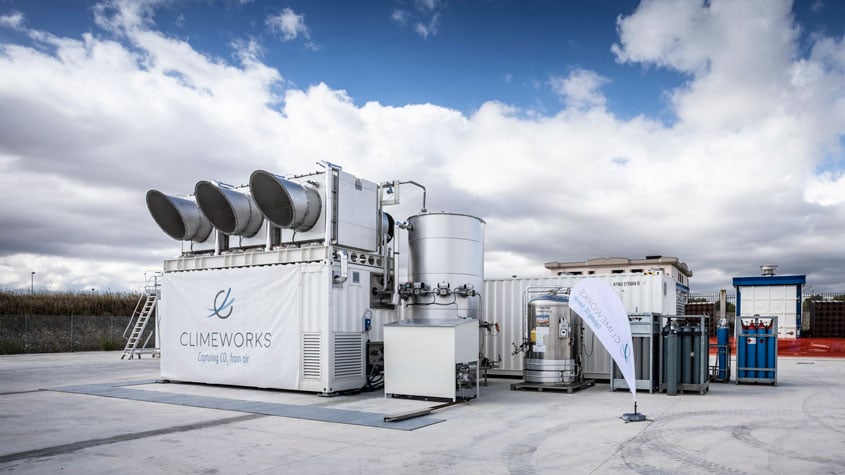
About Decarbonizing Europe
What does the Recovery and Resilience Facility entail?
Who is participating in the Recovery and Resilience Facility?
All the member states of the European Union. All member states? No, The Netherlands has not submitted plans as yet. Although, it became public knowledge at the end of January that hard work is going on behind the scenes in the Netherlands to secure some of those European billions.
What do the member states have to spend the money on?
At least 37 percent of the funding should be used for making their countries more sustainable and 20 percent for digitalization. In addition, there are also other key points:
– Smart, sustainable and inclusive growth
– Social and territorial cohesion
– Public health, economic, social, and institutional resilience
– Policy for future generations
What else is happening?
Apart from that, the EC has identified several so-called flagship areas:
– Power up
– Renovate
– Recharge and Refuel
– Connect
– Modernise
– Scale-up
– Reskill and upskill
What is Innovation Origins planning to do?
Over the next few months, we will be focusing on the implementation of these plans. We will be outlining what each country is doing to reduce CO₂ emissions, and we will be reporting on innovative projects. Infographics will allow you to compare the member states’ efforts with each other.
What should be done with the excess gypsum that is produced as a by-product of processes in the chemical industry? People did not know what to do with it for a long time, but Finland has come up with a solution and is planning to treat hundreds of thousands of hectares of agricultural land with gypsum over the next few years.
“By doing this, we are preventing the leakage of nutrients into waterways and at the same time tackling greenhouse gas emissions,” says Petri Ekholm, a scientist working at the Finnish Environmental Institute (SYKE). Finland’s recovery and resilience plan (RRP) is now allocating twenty million euros for innovation in agriculture.

Massive pollution
For our food production, phosphate, a mineral used to fertilize soil, is indispensable. But its distribution across the country does come with one major drawback. The leakage of phosphate into waterways located near agricultural land is responsible for a tremendous amount of pollution. With all its implications, including fish mortality and toxic algae blooms. With its gypsum treatment, Finland wants to prevent phosphate from leaking into the Baltic Sea, among other things. Finland’s agricultural plans also need to contribute to achieving Finland’s ambitious climate target of halving greenhouse gas emissions by 2030, as outlined in the RRP.
Ekholm has long been researching the effects of gypsum on agricultural soils. According to him, this innovation is more than welcome. “The gypsum treatment strengthens the structure of the soil,” he goes on to explain. “Among other things, phosphate and organic carbon are less likely to end up in waterways and seas. It also helps retain nutrients and organic matter, which improves sustainability of the agricultural sector. The fact that gypsum is actually a waste product for which a use has now been found also makes it a sustainable solution. In terms of climate change, you prevent organic carbon from leaking out of the soil into waterways, where it can be subsequently converted into carbon dioxide or even methane. So all in all, this is a highly efficient solution, the effect of which is almost immediately noticeable.”

Preparatory work has already been done as part of the Water Protection Enhancement Program of the Finnish Ministry of Environment. This will enable the gypsum program to get underway soon. The first agricultural fields will be treated this year. It is expected that by 2022-2023, approximately eighty percent of the amounts of gypsum will have been deposited on the fields. According to the strictest criteria, about 540,000 hectares of agricultural land in Finland are suitable for the treatment.
Transporting 40 tonnes of gypsum
The gypsum is provided free of charge from the Finnish government to Finnish farmers as a way to encourage its use. On the whole, the agricultural use has been well received by the farmers themselves, Ekholm notes. “In recent years, farmers who participated in several field trials have provided scientists with feedback. The responses have been for the most part enthusiastic.” But, like any innovation, there are also snags and drawbacks associated with the gypsum treatment. “You have to keep in mind that farmers have to transport about fourty tonnes of gypsum in enormous agricultural vehicle over small dirt roads. That poses challenges on a local level. But I don’t expect those to be insurmountable in the long run.”
Scientific issues
In addition to addressing local issues, there are a number of scientific concerns that need to be resolved. One crucial question that affects the impact of gypsum treatment on greenhouse gas emissions is how organic carbon in water, such as the Baltic Sea, is affected. Ekholm: “If carbon enters the anoxic layers (ed. deeper layers devoid of oxygen) of soil sediment, it can be converted to a potent greenhouse gas – methane. On the other hand, saltwater actually inhibits methane fluxes owing to the sulfate present in the water. It would be a good idea to study exactly what is happening here, so that the right measures can be taken.”
‘More is needed’
Despite the promising transformation that gypsum can bring about in agriculture, Ekholm contends that more will need to be done to make the agricultural sector in Finland more sustainable. After all, gypsum is a tool, but it does not solve the root cause of pollution. “Above all, let’s not forget that livestock farming in particular plays a major role. If we all eat less meat, we can really make a huge difference. It will definitely be a while before we can say that the Finnish agricultural sector is sustainable.”
Support us!
Innovation Origins is an independent news platform that has an unconventional revenue model. We are sponsored by companies that support our mission: to spread the story of innovation. Read more.
At Innovation Origins, you can always read our articles for free. We want to keep it that way. Have you enjoyed our articles so much that you want support our mission? Then use the button below:







